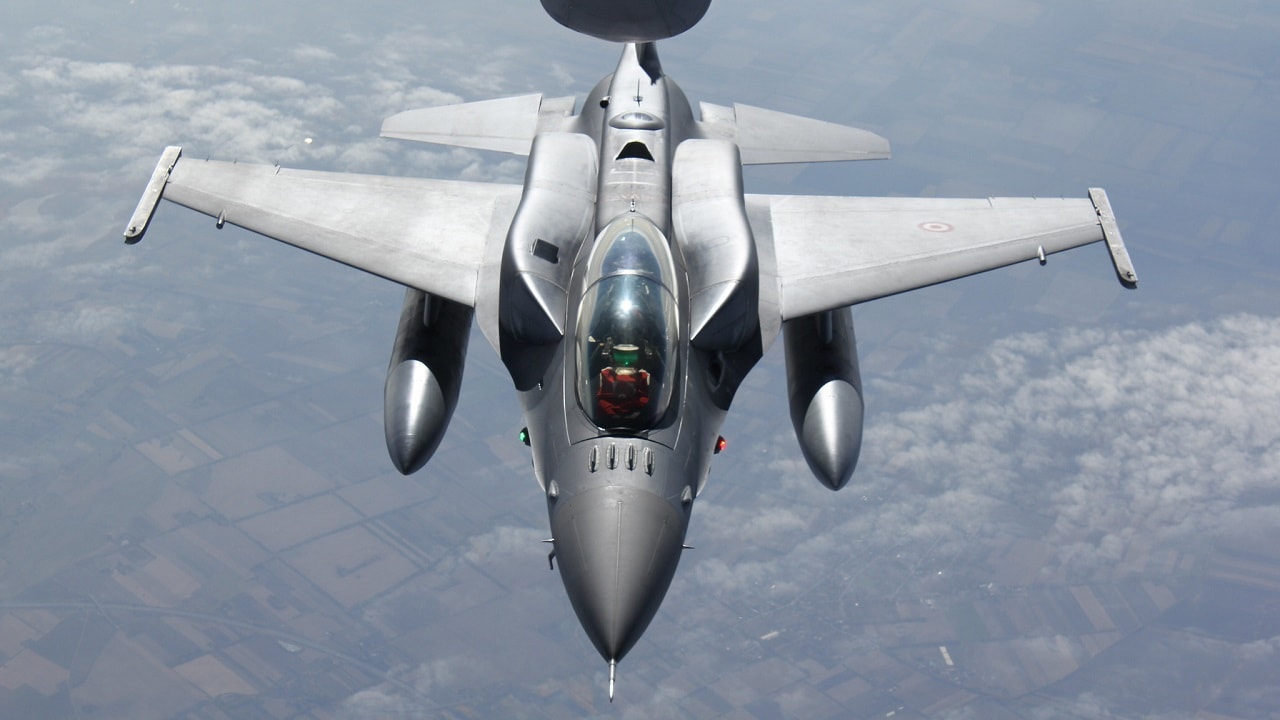The F-16 is one amazing and timeless fighter. But how fast can it go? Anything close to the maximum structural speed for a jet is usually just for the glossy brochure—99.9% of the time we don’t come close to reaching it. There was one time, though, that I pushed the F-16 as fast as it could go.
I was stationed in Korea and there was a jet coming out of maintenance; the engine had been swapped out and they needed a pilot to make sure it was airworthy. It was a clean jet—none of the typical missiles, bombs, targeting pod, external fuel tanks were loaded. It was a stripped-down hot-rod capable of its theoretical maximum speed.
When we fly, we usually go out as a formation to work on tactics; every drop of fuel is used to get ready for combat. This mission, however, called for me to launch as a single-ship and test the engine at multiple altitudes and power settings. The final check called for a max-speed run.
I took off, entered the airspace, and quickly started the profile. Topped off, I could only carry 7,000 pounds of internal fuel; never enough with the monster engine behind me burning up to 50,000 pounds of fuel per hour. I knocked out the various tasks in about 15 minutes and then was ready for the max speed run.
I was at 25,000 feet when I pushed the throttle forward, rotated it past the detent, and engaged full afterburner—I would have five minutes of useable fuel at this setting. I could feel each of the 5-stages lighting off, pushing me forward. I accelerated to Mach 1—the speed of sound that Chuck Yeager famously broke in his Bell X-1—and started a climb. A few seconds later 35,000 feet went by as I maintained my speed. Soon I was at 45,000 feet and started to shallow my climb to arrive at the 50,000-foot service ceiling. This was as high as I could go–not because the jet couldn’t go higher, but because if the cockpit depressurized, I would black out within seconds.
Looking out at 50,000 feet, the sky was now a few shades darker. I could start to see the curvature of the earth. To my right was the entire Korean peninsula—green with a thin layer of haze over it. To my left, a few clouds over the Yellow Sea separating me from mainland China.
As I maintained my altitude, the jet started to accelerate. At 1.4 Mach, with only about 2 minutes of fuel left, I bunted over and started a dive to help with the acceleration. In my heads-up-display, 1.5 Mach ticked by, backed up by an old Mach indicator slowly spinning in my instrument console.
At 1.6 Mach, the jet started to shake. I was expecting it—the F-16 has a flight region around that airspeed that causes the wings to flutter. Still, this jet had a lot of hours on the airframe, and if anything were to fail, the breakup would be catastrophic. Similarly, ejecting at that speed would be well outside the design envelop—the air resistance at Mach 1.6 is about 300 times what a car experiences at highway speeds. A few pilots have tried, only to break nearly every bone in their body.
So now, the option was to slow down until the vibration stopped, or push through until it smoothed out on the other side. I was running low on fuel, so I elected to increase my dive so I could accelerate faster. Slowly 1.7 Mach ticked by, next 1.8, and then at 1.9, everything smoothed out. I was now traveling 1,500 mph over the Yellow Sea. The cockpit started feeling warm so I took my hand off the throttle and put it about a foot away from the canopy and could feel the heat radiating through my glove, similar to sticking your hand in an oven.
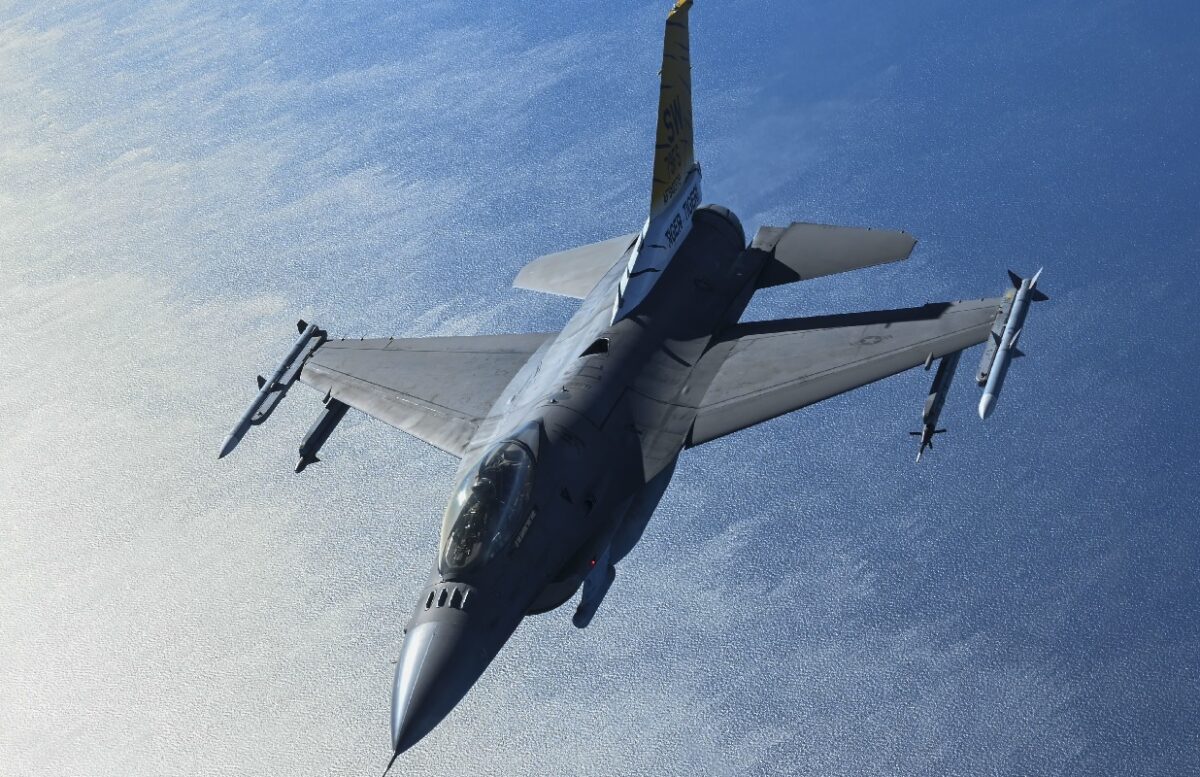
A U.S. Air Force F-16 Fighting Falcon with the 79th Fighter Squadron, Shaw Air Force Base, South Carolina, flies over the Gulf of Mexico, Nov. 8, 2021. Personnel and aircraft from the 79th FS traveled to Florida to participate in Checkered Flag 22-1, a large-force aerial exercise held at Tyndall Air Force Base, Florida, which fosters readiness and interoperability through the incorporation of fourth- and fifth-generation aircraft during air-to-air combat training. The 22-1 iteration of the exercise was held November 8-19, 2021. (U.S. Air Force photo by Staff Sgt. Betty R. Chevalier)
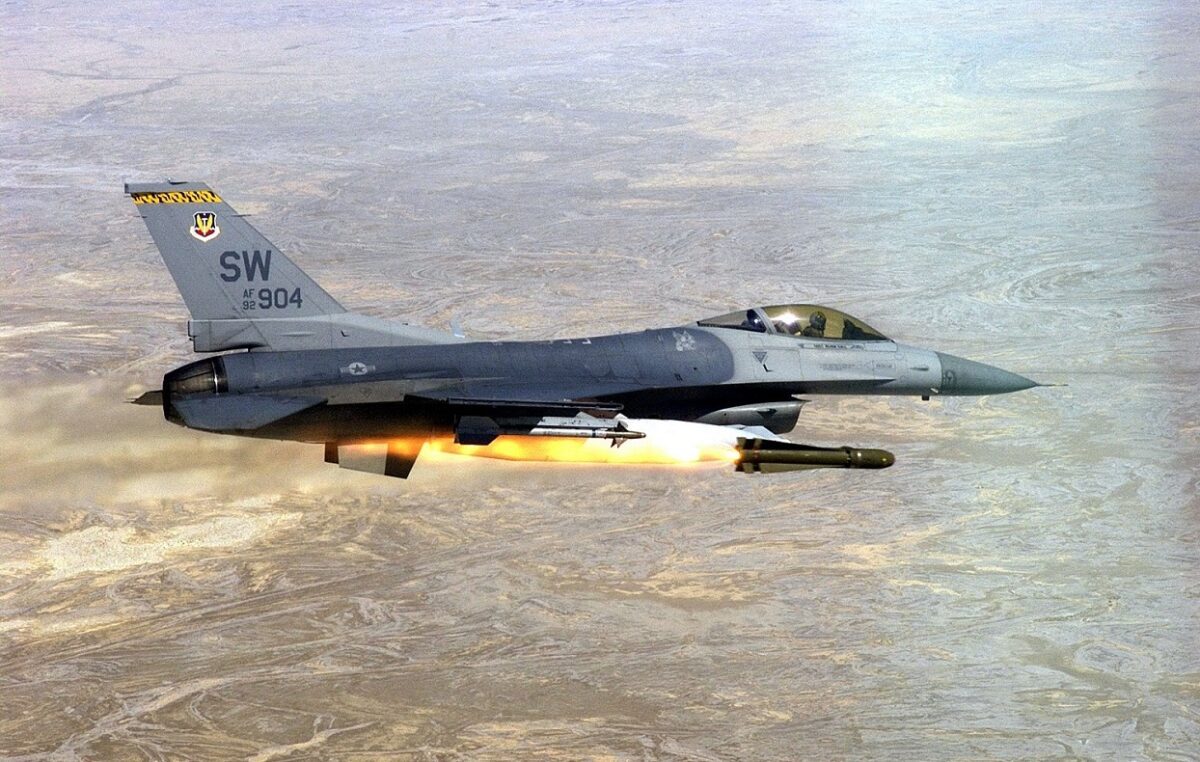
Image: Creative Commons.
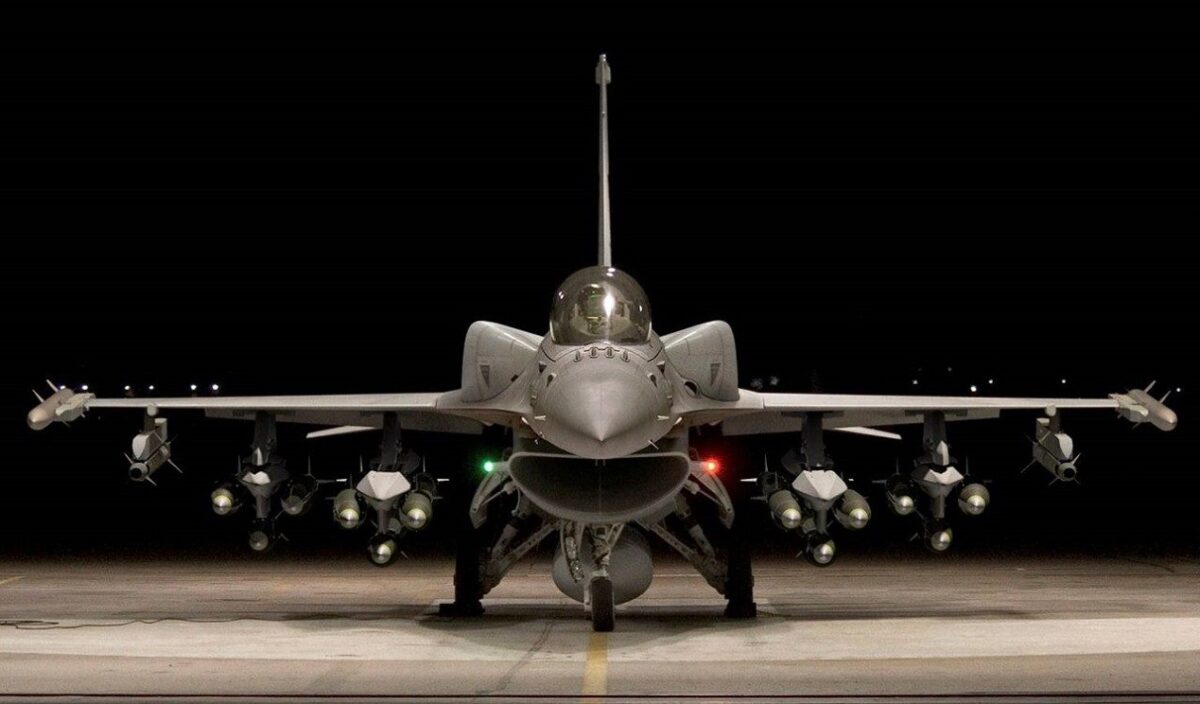
Image: Creative Commons.
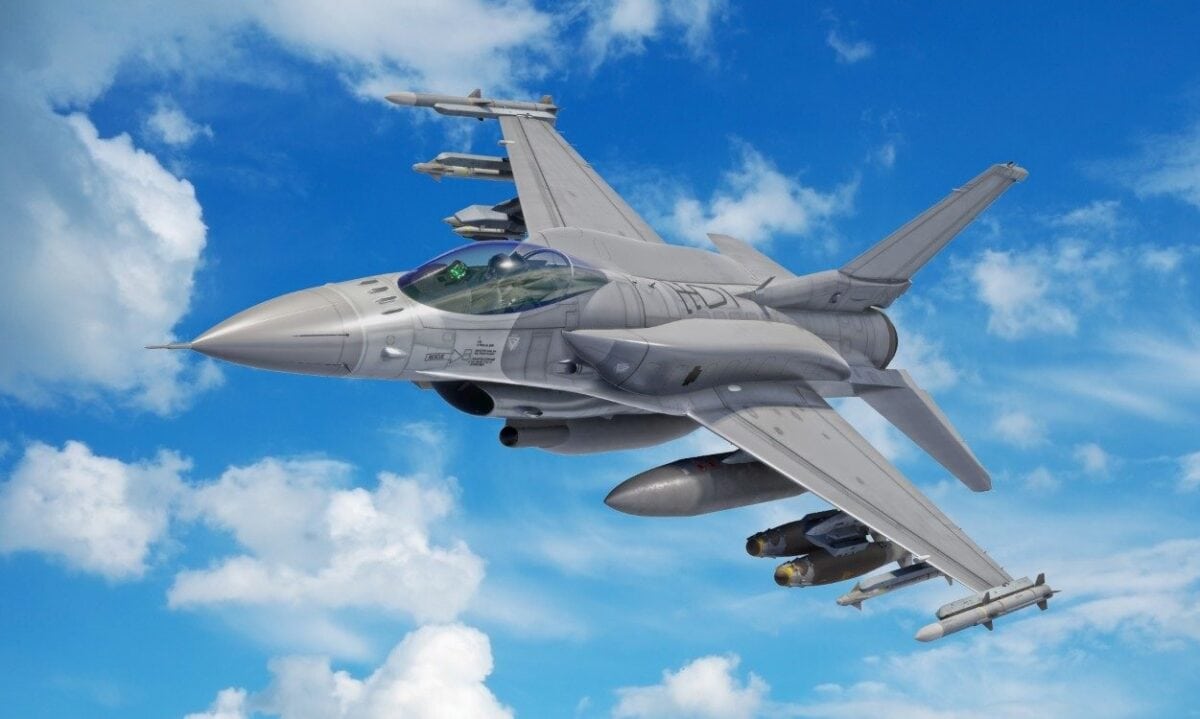
Image: Lockheed Martin.
At this point, I was entering the thicker air at 35,000 feet which were preventing the Mach from going any higher. I was also nearly out of fuel, so I pulled the throttle out of the afterburner and into military-power—the highest non-afterburner power setting. Despite a significant amount of thrust still coming from the engine, the drag at 1.9 Mach caused the jet to rapidly decelerate, pushing me forward until my shoulder-harness straps locked. It took over 50 miles for the jet to slow down below the Mach.
Taking a jet to 1.9 Mach isn’t any sort of record. In fact, some aircraft have gone twice as fast. It was an interesting feeling, though, to be at the limit of what an iconic aircraft like the F-16 can give. Thousands of incredible engineers who I never had the chance to meet designed the plane and I was now realizing the potential of what they built. The heat and vibration, coupled with being outside the ejection envelope, let me know the margin of safety was less than it normally is.
I’ve since moved on to the F-35 which correctly prioritizes stealth, sensor fusion, and networking over top speed, so that’s likely as fast as I’ll ever go. It was a visceral experience that was a throwback to the ’50s and ’60s—where the primary metrics a plane was judged by were how high and fast it could go.
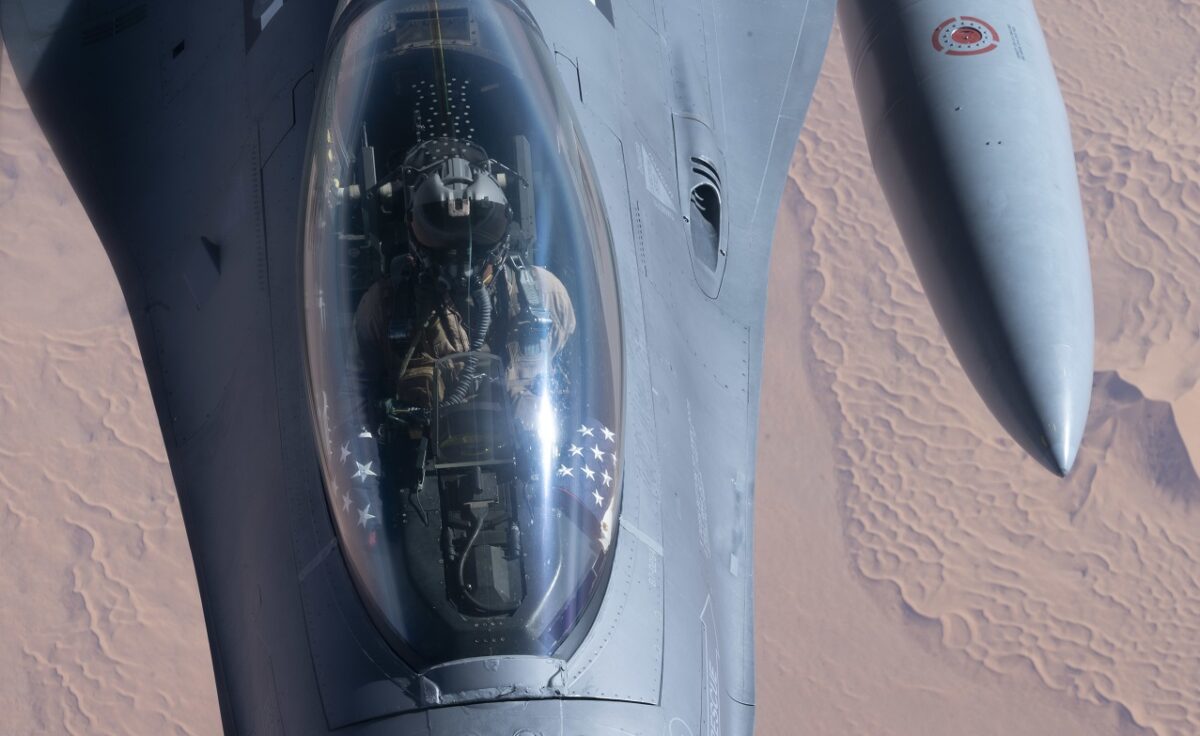
A U.S. Air Force F-16 Fighting Falcon receives fuel from a U.S. Air Force KC-135R Stratotanker above the United States Central Command area of responsibility, Dec. 8, 2021. The F-16 is a compact, multi-role fighter aircraft that delivers war-winning airpower to the USCENTCOM AOR. (Photo by Staff Sgt. Frank Rohrig)
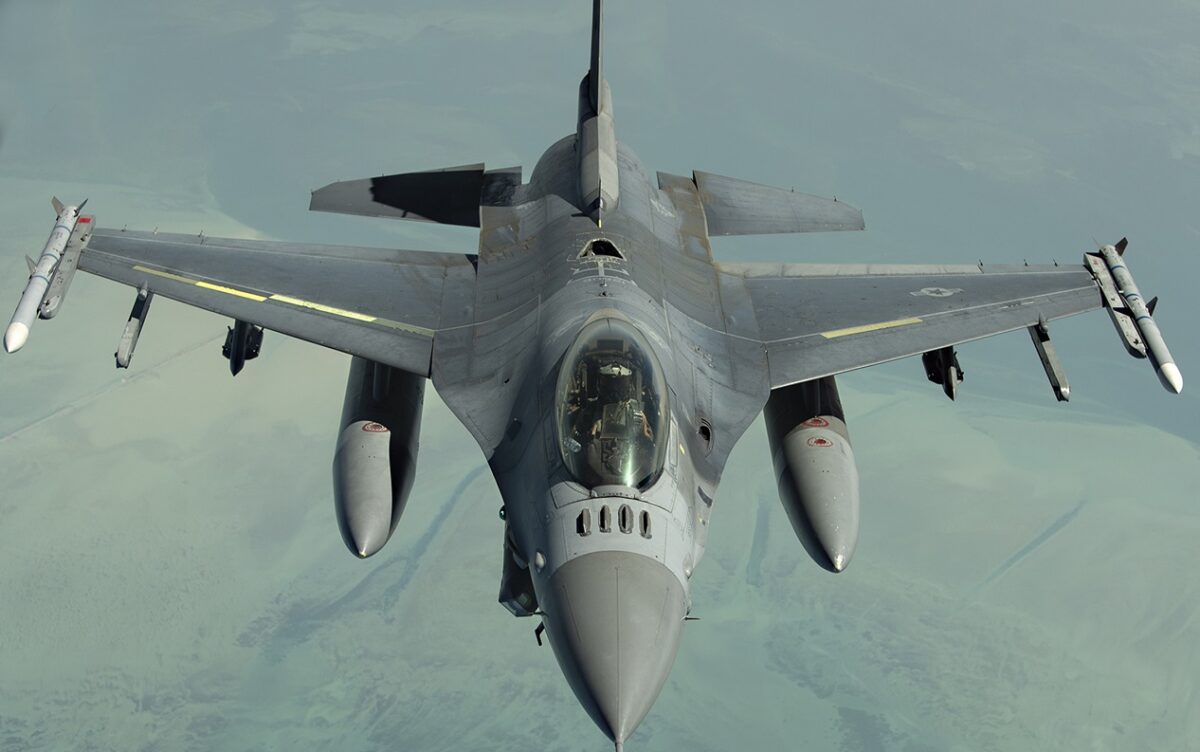
A U.S. Air Force F-16 Fighting Falcon assigned to the 77th Expeditionary Fighter Squadron flies over Southwest Asia, Feb. 24, 2021. U.S. Central Command maintains robust defensive capabilities to preserve security and stability throughout the region. (U.S. Air Force photo by Senior Airman Bryan Guthrie)
Hasard Lee is a fighter pilot currently flying the F-35 Panther, the United States’ newest 5th Generation stealth fighter. Prior to flying the F-35, he flew the F-16 Viper, including 82 combat missions. In his latest role, he was the Chief of F-35 Training Systems, developing innovative techniques to train future fighter pilots. This first appeared in Sandboxx News.

